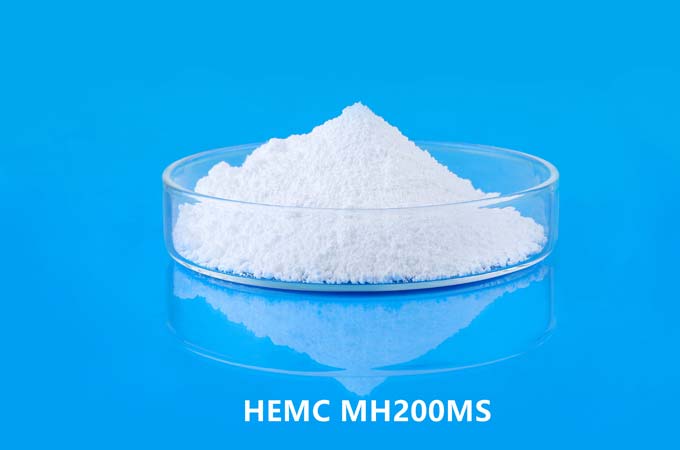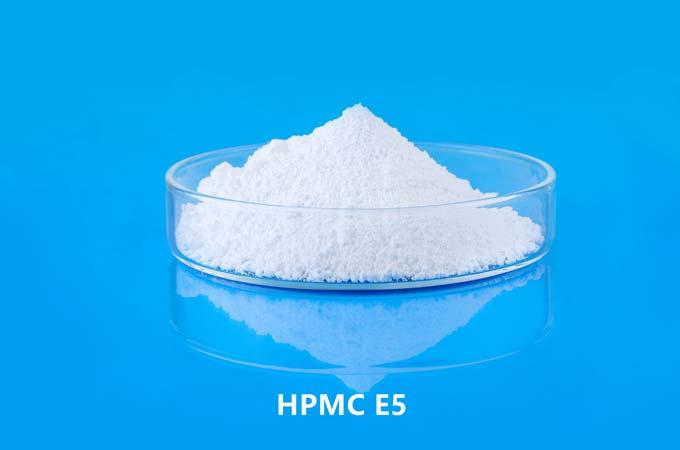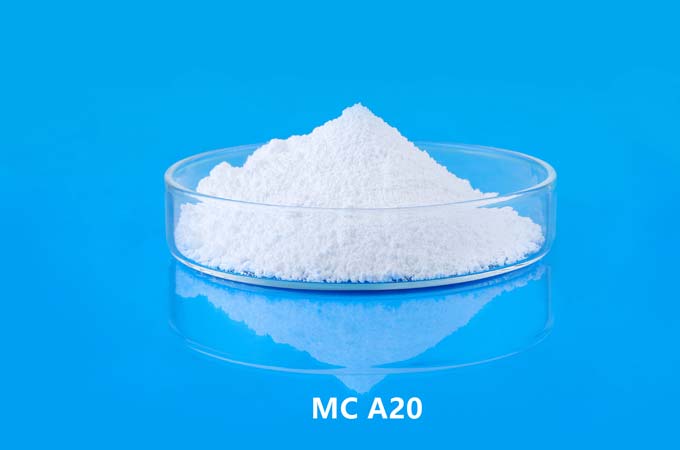Hydroxypropyl methylcellulose (HPMC) is indeed a mucoadhesive agent whose unique properties make it valuable in various industries, especially in pharmaceuticals and personal care products.
Introduction to hydroxypropyl methylcellulose:
Hydroxypropyl methylcellulose (HPMC) is a semi-synthetic polymer derived from cellulose, a natural polymer found in plants. It is synthesized by subjecting cellulose to alkali treatment and introducing propylene oxide and methyl chloride to alter its properties. The resulting compound has both hydrophilic and hydrophobic characteristics, making it soluble in both cold and hot water. This solubility is critical for its applications in various industries.
Mucoadhesion:
Mucoadhesion refers to the ability of a material to adhere to mucosal surfaces, such as those found in the gastrointestinal tract, nasal cavity, or eye tissue. HPMC exhibits mucoadhesive properties due to its hydrophilic nature, allowing it to interact with the mucus layer on the mucosal surface. Mucoadhesive forces arise from hydrogen bonding and van der Waals interactions between polymers and mucin molecules in the mucus layer.
Factors affecting mucoadhesion:
Several factors influence the mucoadhesive HPMC properties:
Polymer concentration: Higher concentrations of HPMC generally result in increased mucoadhesion.
Degree of substitution: The degree of substitution of hydroxypropyl and methoxy groups on the cellulose backbone affects mucoadhesive strength.
Molecular weight: The molecular weight of HPMC affects its mucoadhesive properties, with higher molecular weights generally exhibiting stronger adhesion.
pH and ionic strength: The pH and ionic strength of the environment influence the charge on the mucosal surface and HPMC, thereby affecting their interactions.
Oral drug delivery: HPMC is commonly used in oral drug delivery systems due to its ability to prolong drug release and improve bioavailability. Mucoadhesion helps retain the drug at the site of absorption, increasing the chance of absorption.
Ophthalmic preparations: In ophthalmic applications, HPMC is used in eye drops and ointments to extend the contact time with the ocular surface and improve the therapeutic effect.
Nasal drug delivery: HPMC is used in nasal sprays and gels where mucoadhesion helps retain the formulation on the nasal mucosa, enhancing drug absorption.
Buccal drug delivery: Mucoadhesive buccal tablets or patches containing HPMC provide sustained drug release, ensuring prolonged contact with the buccal mucosa.
The production of HPMC involves several steps:
Alkali treatment: Cellulose is treated with alkali to form alkali cellulose.
Etherification: By introducing propylene oxide and methyl chloride for etherification, the cellulose structure is changed to obtain hydroxypropyl methylcellulose.
Purification: The resulting HPMC is then purified to remove impurities and unreacted chemicals.
Advantages of using HPMC:
Biocompatibility: HPMC is generally well tolerated by the human body, making it suitable for a variety of pharmaceutical and medical applications.
Versatility: Its solubility in cold and hot water allows for the use of multiple formulations in different drug delivery systems.
Stability: HPMC enhances formulation stability, protecting the drug from environmental factors and ensuring a consistent release profile.
Improved bioavailability: The mucoadhesive properties of HPMC can improve bioavailability by increasing the residence time of the drug at the site of absorption.
Challenges and considerations:
Variable mucoadhesive strength: The mucoadhesive strength of HPMC varies depending on factors such as concentration, molecular weight, and environmental conditions.
Formulation Challenges: Achieving the desired mucoadhesive properties while maintaining other formulation requirements can be challenging and may require optimization.
In vivo variability: In vivo mucoadhesive properties may vary among individuals due to differences in physiological conditions.
HPMC stands out as a mucoadhesive agent with important applications in pharmaceutical and other industries. Its unique properties make it an important component in drug delivery systems, helping to improve bioavailability and sustained release of drugs. As research and development in this area continues, further understanding of mucoadhesion mechanisms and formulation optimization involving HPMC will likely lead to more advanced and effective drug delivery solutions.
 English
English 日本語
日本語 français
français Deutsch
Deutsch Español
Español italiano
italiano русский
русский português
português العربية
العربية Türkçe
Türkçe Nederland
Nederland



